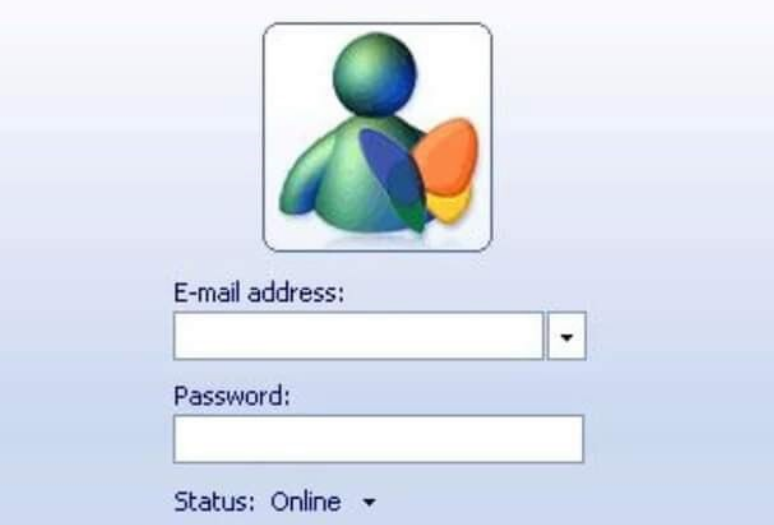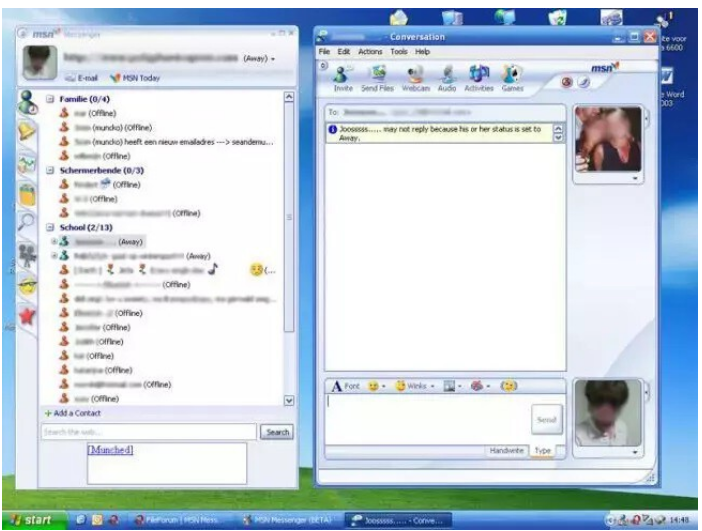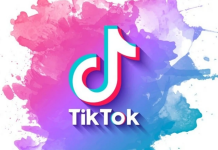
If you have already blown out twenty many candles, it is quite likely that a “hum” is something more to you than that annoying swarm of velutinous that seems to drill into your brain when you have spent too much time near a speaker or listening to music with headphones at full blast.
At least that’s how it was a few years ago; when you came home in the afternoon, you locked yourself in your room and turned on that huge and purring PC to chat with your classmates. At that time, a “buzz” was —Exactly!— the annoying “touch” with which a friend insisted that you read the message he just sent you or simply wanted to touch your nose.
It irritated the same as having a soda next to a baffle, but it didn’t hurt your ears. On the contrary: if some were beeping, they were probably those of the person who had sent you the “buzz”.
The vibrating windows were part of the large suitcase with which MSN Messenger slipped into our lives to become the king of instant messaging for a while.
The years of “buzzes” and “winks.”

In the same baggage were the customizable text fonts, a profusion of late Baroque format icons —some screens ended up turning into authentic typographic salad bowls—; the famous “winks”, giant emoticons and almost as annoying as buzzing, or, of course…the unmistakable sound that accompanied the new messages: that fleeting “tinuní” that used to get on your nerves then and today you listen with an even more uncomfortable feeling of melancholy.
And it’s normal.
MSN Messenger said goodbye to us almost a decade ago. In October 2014, it closed its rooms after having become an indispensable part of communications at the start of the 21st century. In 2022 it is well worth remembering its history… And the reasons for its decline.
The origins of MSN Messenger date back to 1999, when Microsoft released its rudimentary messaging client, compatible with the AIM network, and just two basic ingredients: text and a contact list. The Redmond giant’s bet worked, and the one known as “Messenger” ended up becoming part of the daily life of young people with Internet access at home.
It allowed them to chat in real-time with privacy light years away from the landline in the living room.
Much of its success —and the dislike that it ended up arousing in some— is explained by its desire to incorporate new features and resources. Over time, “El Messenger” offered a status bar, a status button to inform your contacts if you were connected, busy, or offline, the option to remain “invisible”, emoticons, “winks,” and “buzzes”.
If you used it in your high school or university years, it is also likely that it was useful for sharing files in group work or that you killed time with one of its games.
As the years passed, new versions were released, and the service ended up being renamed, around the mid-2000s, as Windows Live Messenger. In June 2009, the popular Messenger reached its peak with 330 million monthly users worldwide. Good data, bad horizon. At least for some instant messaging services that were born in a scenario quite different from that of social networks and smartphones.
As we explained to you in 2018, messaging services ran into a major basic problem: their business model, especially in a rapidly changing Internet, offered more and more content to users regardless of the domains of their service providers. Connection.
Those who until then had spent their afternoons buzzing each other discovered social networks like Facebook —launched in 2004— and became familiar with handling smartphones, a paradigm shift to which, despite its attempts, Messenger failed to adapt.
A brilliant success, the old program that took root in the 90s was degraded to a fad with fewer and fewer customers. It was not the first nor the last on the Internet. It triumphed in the era where PCs ruled and ushered in the era of social media and smartphones.
The fall of the service led Microsoft to initiate its closure in 2013, when it decided to integrate it into Skype, founded ten years earlier in Denmark and which Redmond had acquired in May 2011. In 2014 it closed in China and put the point to one of the greats of the Network of the 2000s, although there are still nostalgics determined to relive those experiences of years ago.
Messenger left behind a good handful of memories.
And, by the way, a new meaning for “buzz”.

Sharlene Meriel is an avid gamer with a knack for technology. He has been writing about the latest technologies for the past 5 years. His contribution in technology journalism has been noteworthy. He is also a day trader with interest in the Forex market.


















